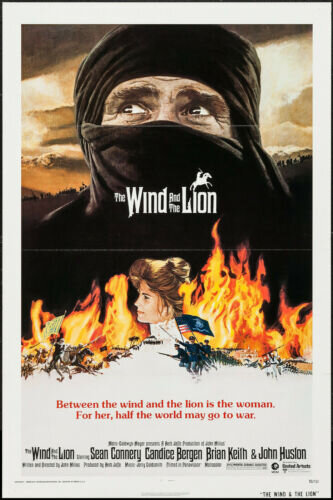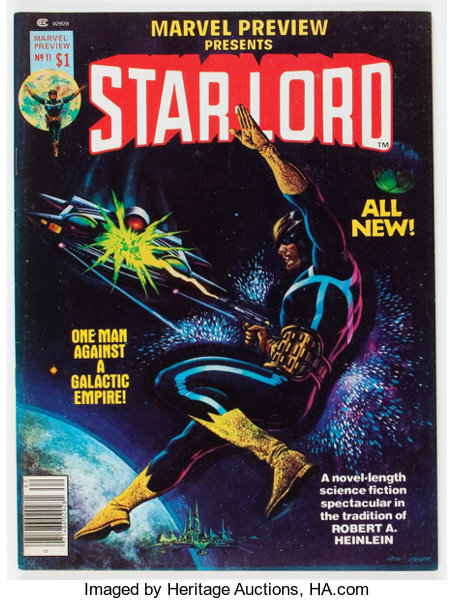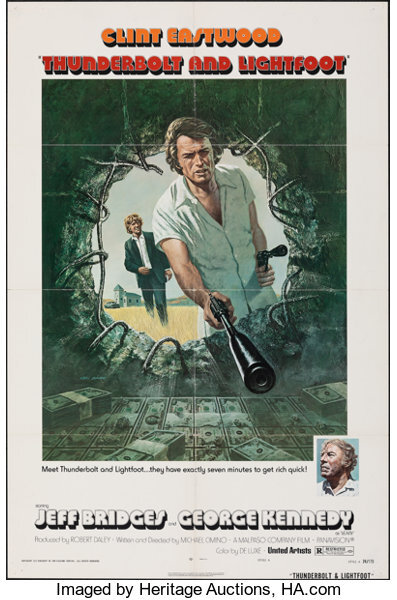Ken Barr -- Five Years Gone
The mighty Ken Barr passed away on this date in 2016. He painted some of the coolest book and comic covers of the ‘70s and ‘80s, many of them in the sword-and-sorcery/heroic fantasy vein.
As I demonstrated in my post last year, Ken pretty much did it all in the 1970s. Movie posters, covers for Marvel and Warren comics and multitudes of paperback covers. Many of those paperback covers are still considered classic--if not definitive--to this day.
When he chose to use it, Barr's pallette of colors could be positively incandescent. Those paintings tend to be my favorites. As I stated a year ago:
"Ken Barr, in some ways, was the quintessential 'modern pulp' artist. In my opinion--even moreso than Frazetta, in some ways--Barr epitomized the look of 'modern pulp' as expressed in the 1960s-1980s era. The look of his covers harkened back to Walter Baumhofer and Earl Norem, but--at his best--he amped things up with that blazing pallette of colors, taking things to an entirely new level.
A few years back, when the whole PulpRev movement was just gathering steam, I would post about it on social media. More often than not, I would use Ken Barr paintings to get across what it was all about. That's what Ken Barr did. He took classic 'pulp' stylings and made them modern in a way that still resonates today."
Don’t just take my word for it, the Grammy Award-nominated artist, Benjamin Marra, said much the same thing awhile back:
“Pulp art doesn’t get much better than Ken Barr’s work. Though his rendering of form is very much in the vein of naturalism, his color palette borders on psychedelia. These colors layered on top of the wild subject matter give his work the feeling of a genre fever dream.”
While doing research for this blog entry, I stumbled upon this vintage bio of Barr from Creepy #35, 1970. At that point, Barr had only been in the USA a few years, having emigrated from Scotland after marrying his American wife. I found his list of influences interesting. Ken's early love of Hal Foster, Alex Raymond and Burne Hogarth was one shared by a legion of postwar SFF artists. Artists like Al Williamson, Alfredo Alcala, Frank Thorne and Alex Nino, just to name a few.
Ken’s self-portrait from 2007.
I kind of expected to see those influences listed, Ken being of a certain generation and all. What made me perk up was his admiration for Frank McCarthy and James Bama. The mention of McCarthy really rang a bell in my head. While I still think that Baumhofer and Norem—and Kelly Freas—were some sort of influences, I have to say that McCarthy--whose art I somehow only discovered five or six years ago--is probably the closest in style to Ken Barr of any artist I know about. Considering what a badass McCarthy was and is--I need to do a blog post on the man--that is nothing to be ashamed of.
Barr's admiration for James Bama is sorta fitting, since I personally consider Barr on par with both Bama and Baumhofer when it comes to the best illustrators of Doc Savage ever. Ken nailed Doc Savage, in my opinion.
Finally, I have to say that only hardcore Barr fans should purchase The Beast Within: Ken Barr, which was published by SPQ Productions in 2007. Being a huge fan, I bit the bullet and bought it. It's a slim volume--which I knew going in. The quality of the reproductions is fine. SPQ has been doing portfolios and artbooks since the 1970s. However, I don't think the selection of artwork is top-notch. Also--and this is a big one for Barr fans--the illos are not labeled or otherwise given any provenance. It's just a book with pretty pictures. Still, it's the best we have.
In a better world, Barr fans could buy one hundred page hardcovers of his work with inside info and testimonials from authors whose works he illuminated. We don't live in that world, but we can dream.
Below is a selection of Ken Barr artwork to augment the gallery in my post from a year ago. I think you'll find some surprises.
So, raise your mead-horns high to the shade of Ken Barr, sword-brothers. He created cool, powerful art that will last.
To start us off, here’s the movie poster for John Milius’ The Wind and the Lion, which Ken Barr painted. In my opinion, it is one of the classic movies of the 1970s.
Speaking of classic ‘70s movies, Barr was in the first cadre of artists to do a Star Wars cover. In this case, Questar #1 from 1978.
Barr’s 1977 cover for Marvel Preview #11. Too bad Planet Stories wasn’t around when Barr was in his prime.
The cover art for the 1986 anthology, Dragon Tales.
Let’s follow a dragon with Dracula. Ken was a huge fan of ol’ Vlad. There have been peristent rumors that he did a graphic novel adapting Stoker’s Dracula during his retirement years, but nothing solid has surfaced. This is from 1994.
This is from Doc Savage #6, October 1976 during Ken’s classic run on that mag. Talk about Pulp As Hell! Doc is falling from a burning zeppelin while strangling a scythe-wielding bird guy. Two thumbs up.
While Barr’s Doc Savage covers were for for pastiche comics stories written by Doug Moench, he also did book covers for authentic, high-grade pulp adventure like this blazing cover for A. Merritt’s The Fox Woman and Other Stories.
Barr painted Sean Connery—albeit, veiled—for The Wind and the Lion. Before that, Ken did the movie poster for Clint Eastwood’s Thunderbolt and Lightfoot. How many other movie poster artists can claim to have painted both Connery and Eastwood?
This is ‘Headhunter’. Definitely by Barr, but of unknown provenance. Classic pulp/Men’s Adventure-style artwork.
The ferocious cover for Commando #9. Commando is a UK war comic, still being published sixty years later. Barr—a British Army veteran who served as a sergeant in Egypt in the ‘50s—designed the logo and overall look of the magazine
Ken did several awesome covers for Marvel’s Deadly Hands of Kung Fu magazine. Nobody seems to know what project this was painted for. There is some speculation it was for a Hong Kong martial arts movie.
The cover art for 1986’s Golden Girl and the Crystal of Doom.
Finally, here’s Ken’s painting for Andre Norton’s Huon of the Horn.
‘“C’mon! Bring it!”















